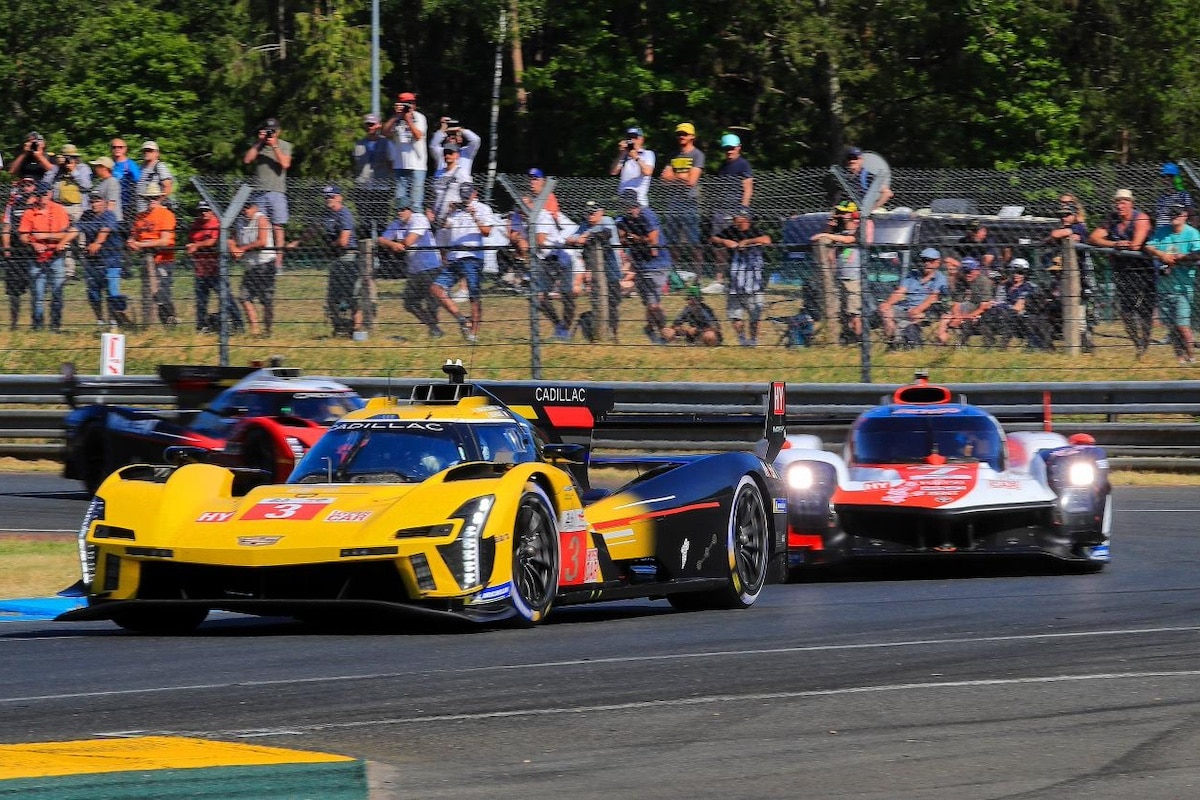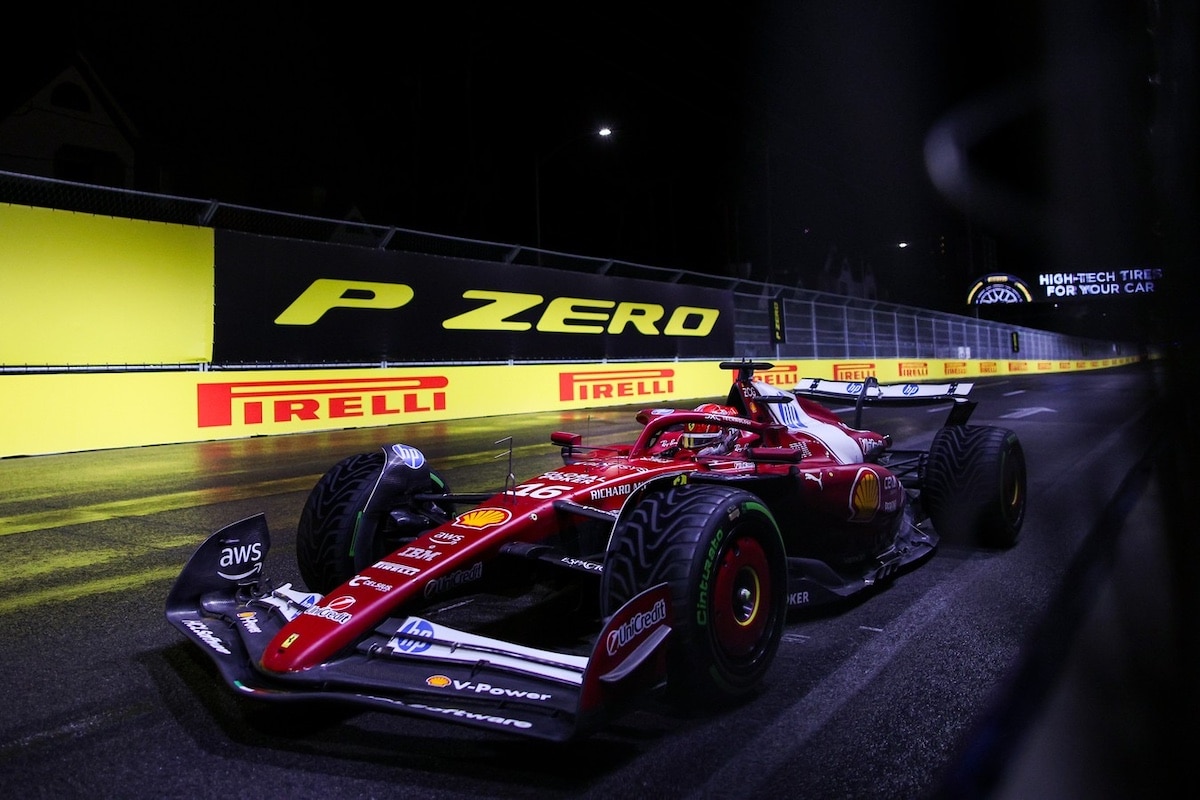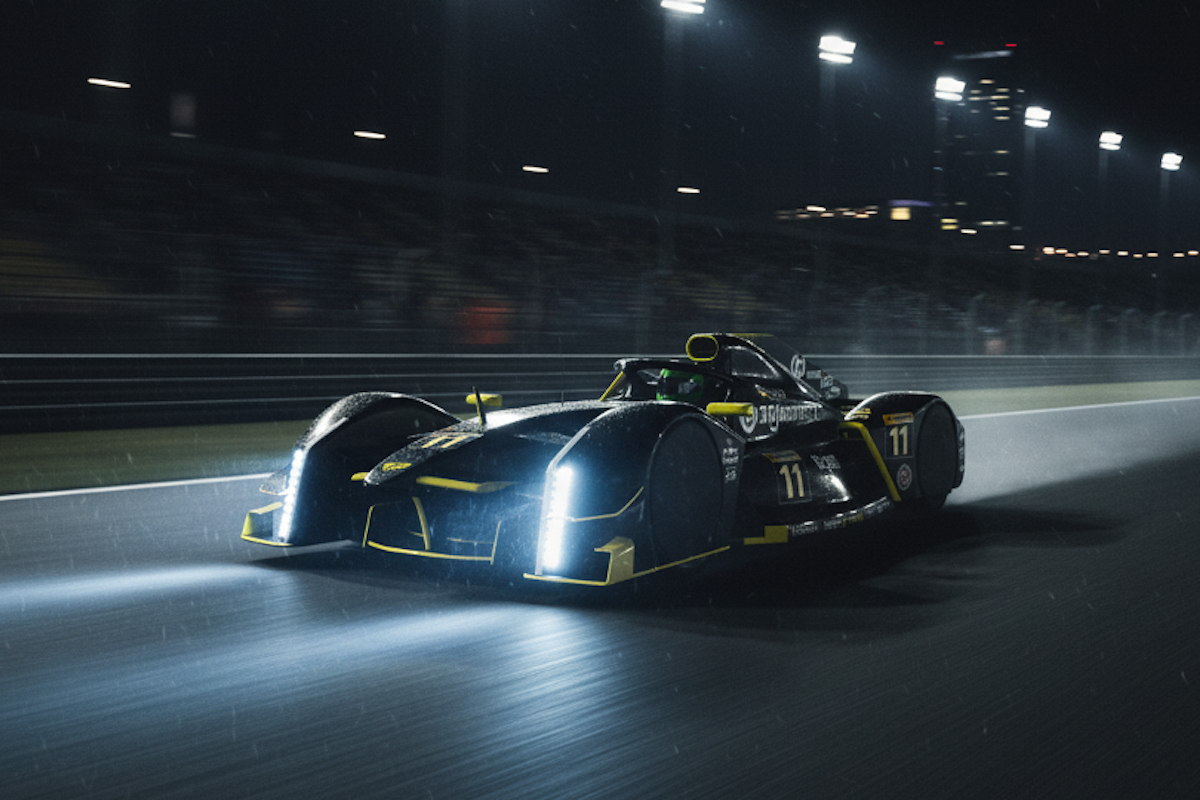What is the BOP at the 24 Hours of Le Mans?

If, like us, you are ready to follow the great week of the 24 Hours of Le Mans, it’s best to know what BOP is.
Behind the acronym BOP lies the “Balance of Performance,” an essential element of the Hypercar and LMGT3 regulations. Through technical adjustments, notably regarding weight and power, it enables cars of different designs and architectures to compete against each other. Thus, the BOP maintains a close level of performance among all cars, significantly limiting development costs. Each of the manufacturers present on the grid has accepted these fundamental principles before committing to the FIA World Endurance Championship and the 24 Hours of Le Mans. The BOP therefore actively contributes to the historical richness of our grids, with 14 manufacturers represented in 2024.
In detail, the BOP aims to balance the performance potential of the cars, meaning it assumes that each car is being exploited to the maximum of its capabilities. The BOP is not intended to correct performance gaps observed between two cars of the same brand, nor to allow an abnormally slow competitor to catch up entirely. Finally, it does not replace operational performance, which includes tire management, drivers’ skills, time spent in the pits, or race strategy, all of which are significant and decisive factors in building overall performance.
How is the BOP established?
The BOP is established jointly by the FIA and the ACO, in close relation with the participating manufacturers. It is based on the data measured during the homologation process of the cars and, concerning the FIA World Endurance Championship, on the individual performance of each manufacturer, observed on track through various sensors and indicators.
For the Hypercar category, the BOP is defined in three successive steps. First, the FIA and the ACO balance the “homologation parameters,” which are the technical characteristics observed during homologation, during which the cars are inspected, measured, and tested in a wind tunnel. It is important to note that the cars competing in the Hypercar category are homologated within a very narrow aerodynamic performance window and are already very close to each other before this first step.
The second step involves the “platform compensation.” Within the Hypercar category, two different technical regulations coexist: the Le Mans Daytona h (LMDh) regulation, based on common parts, and the Le Mans Hypercar (LMH) regulation, which gives manufacturers more freedom. Although these two regulations are extremely similar, their different designs may require performance adjustments. To this end, “platform compensation” applies to all cars of the same type, taking into account the performance of the best LMDh car and the best LMH car.
Finally, the last step – the “manufacturer compensation” – takes into account the individual performance of each manufacturer based on data collected during races. It is important to emphasize that “manufacturer compensations,” regardless of their nature, are applied sparingly and only when the data is considered robust enough, which takes several races.
For LMGT3, the process is identical, except that “platform compensation” does not apply, as all cars are built around a single technical regulation. A weight handicap, based on the championship standings, is added to each race except for the 24 Hours of Le Mans.
What are the specificities of the BOP for the 24 Hours of Le Mans
For the Hypercar category, the BOP for the 24 Hours of Le Mans undergoes specific treatment, particularly taking into account data from the previous year’s 24 Hours. It does not necessarily have a direct link to the BOPs published for previous races, such as the 6 Hours of Spa-Francorchamps.
For 2024, the analyses conducted by the FIA and the ACO, combined with the restrictive nature of the applicable technical regulations, lead to a very non-intrusive BOP: only the “homologation parameters” are adjusted, based on measured data. Adjustments for weight and power are tailored to the Circuit de la Sarthe, but there are no platform or manufacturer compensations applied, which will further highlight the merits of each manufacturer.
A purely technical measure has also been introduced: the differentiation of power at low and high speeds. This does not alter the BOP but modulates the power delivered at high speed to balance peak speeds without resulting in excessive weight or power adjustments.
You are now ready to shine in front of your friends in front of the TV. And don’t forget to follow this great week of competition on www.autohebdo.fr!
This page is translated from the original post "Qu’est-ce que la BOP aux 24 Heures du Mans" in French.
We also suggestthese articles:
Also read





